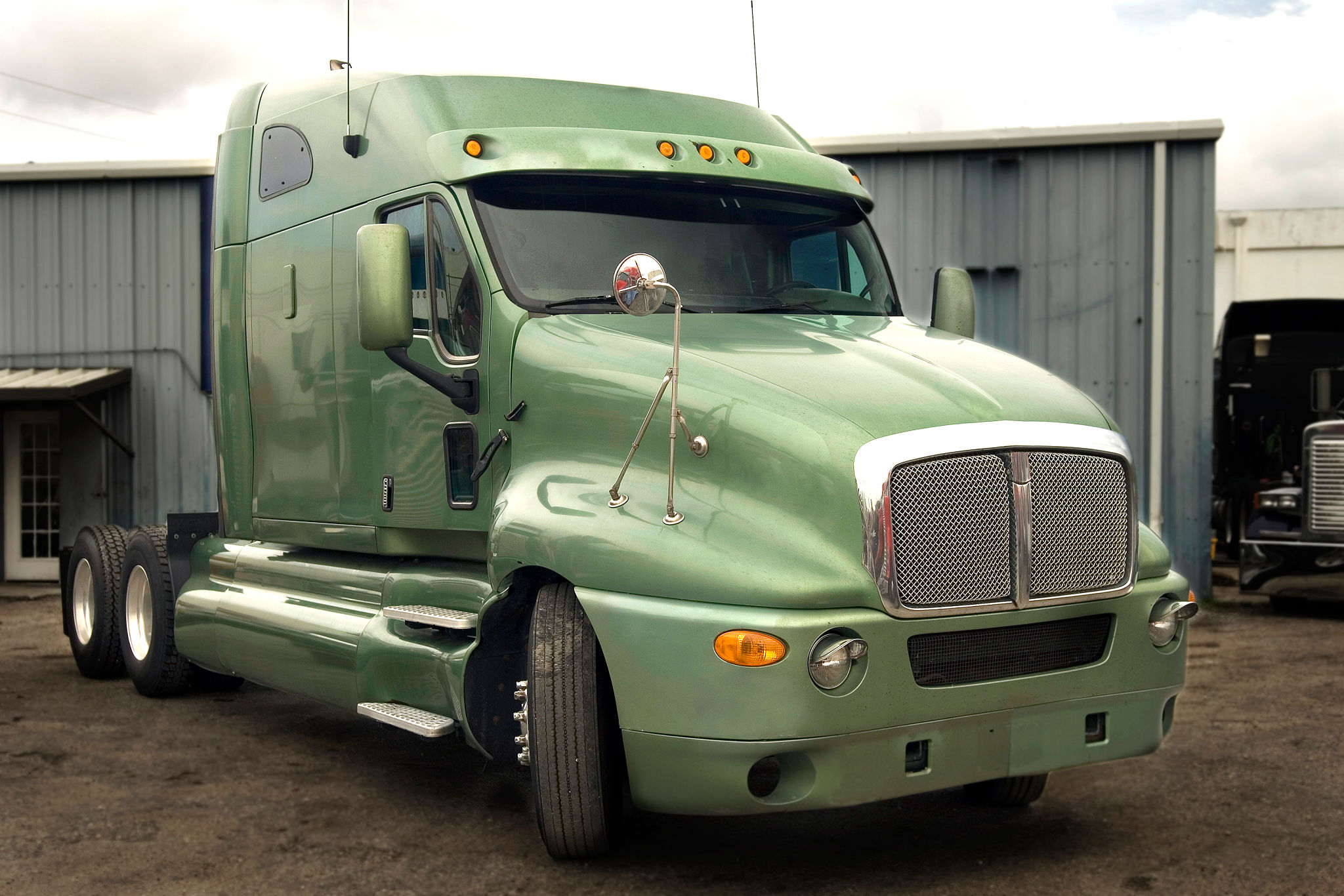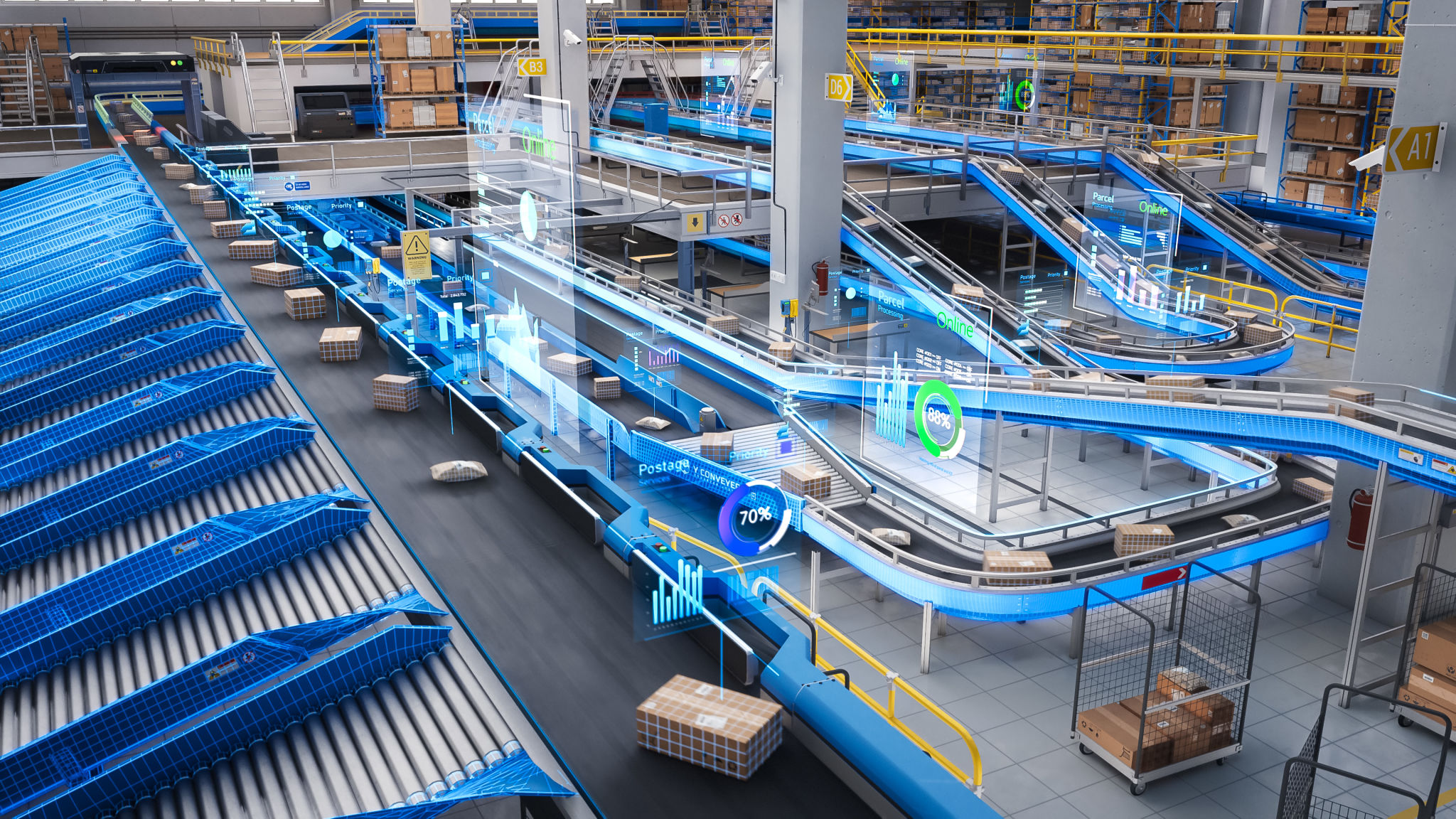The Future of Drayage: Trends and Innovations in Logistics Management
Introduction to Drayage and Its Importance
Drayage, the process of transporting goods over short distances, is a crucial component of the logistics chain. Although it might seem like a minor part of the supply chain, it plays a significant role in ensuring the smooth transition of goods from ports to warehouses or distribution centers. With the rise of global trade, drayage has become even more important as it bridges the gap between different modes of transportation.

The Shift Towards Sustainability
One of the most prominent trends in drayage is the shift towards sustainability. As environmental consciousness grows, logistics companies are focusing on reducing their carbon footprint. This includes adopting electric and hybrid drayage trucks, optimizing routes to minimize fuel consumption, and investing in carbon offset programs. These efforts not only help in conserving the environment but also reduce operational costs in the long run.
Governments and regulatory bodies are also playing a role by setting stricter emission standards and offering incentives for companies that adopt green technologies. This trend is expected to grow as sustainability becomes a central focus in logistics management.
Technological Advancements in Drayage
The integration of technology has revolutionized drayage operations. The use of advanced telematics systems allows for real-time tracking and monitoring of shipments, providing greater transparency and improving efficiency. Moreover, predictive analytics helps in identifying potential issues before they arise, ensuring a smoother flow of goods.

Automation is another key development in this field. Automated systems for scheduling and dispatching drayage tasks reduce human error and increase productivity. Furthermore, innovations such as autonomous trucks are being tested to potentially redefine the future of drayage, promising significant savings in labor costs and time.
The Role of Data in Enhancing Efficiency
Data analytics plays a crucial role in the evolution of drayage operations. By harnessing big data, companies can gain insights into customer behavior, demand patterns, and operational bottlenecks. This information helps in making informed decisions that enhance efficiency and customer satisfaction.
Additionally, data-driven strategies enable predictive maintenance of vehicles, reducing downtime and prolonging the lifespan of drayage assets. Such innovations ensure that logistics management remains agile and responsive to market changes.

Collaborative Logistics Platforms
The rise of collaborative logistics platforms marks another significant trend in drayage. These platforms connect shippers, carriers, and logistics providers on a single interface, fostering greater cooperation and communication. This results in optimized load matching, reduced empty miles, and improved resource utilization.
By leveraging these platforms, companies can streamline operations, reduce costs, and enhance service levels. The collaborative approach also paves the way for more innovative solutions to common challenges faced by the industry.
Conclusion: Embracing Change for a Better Future
As we look towards the future of drayage, it's clear that embracing change is essential for continued success. From sustainability initiatives to technological advancements, the industry is evolving rapidly. Companies that adapt to these trends will not only improve their operational efficiency but also gain a competitive edge in the market.
The innovations in logistics management promise a future where drayage is more sustainable, efficient, and reliable. By staying informed and proactive, businesses can ensure they are well-positioned to navigate the complexities of this dynamic industry.
